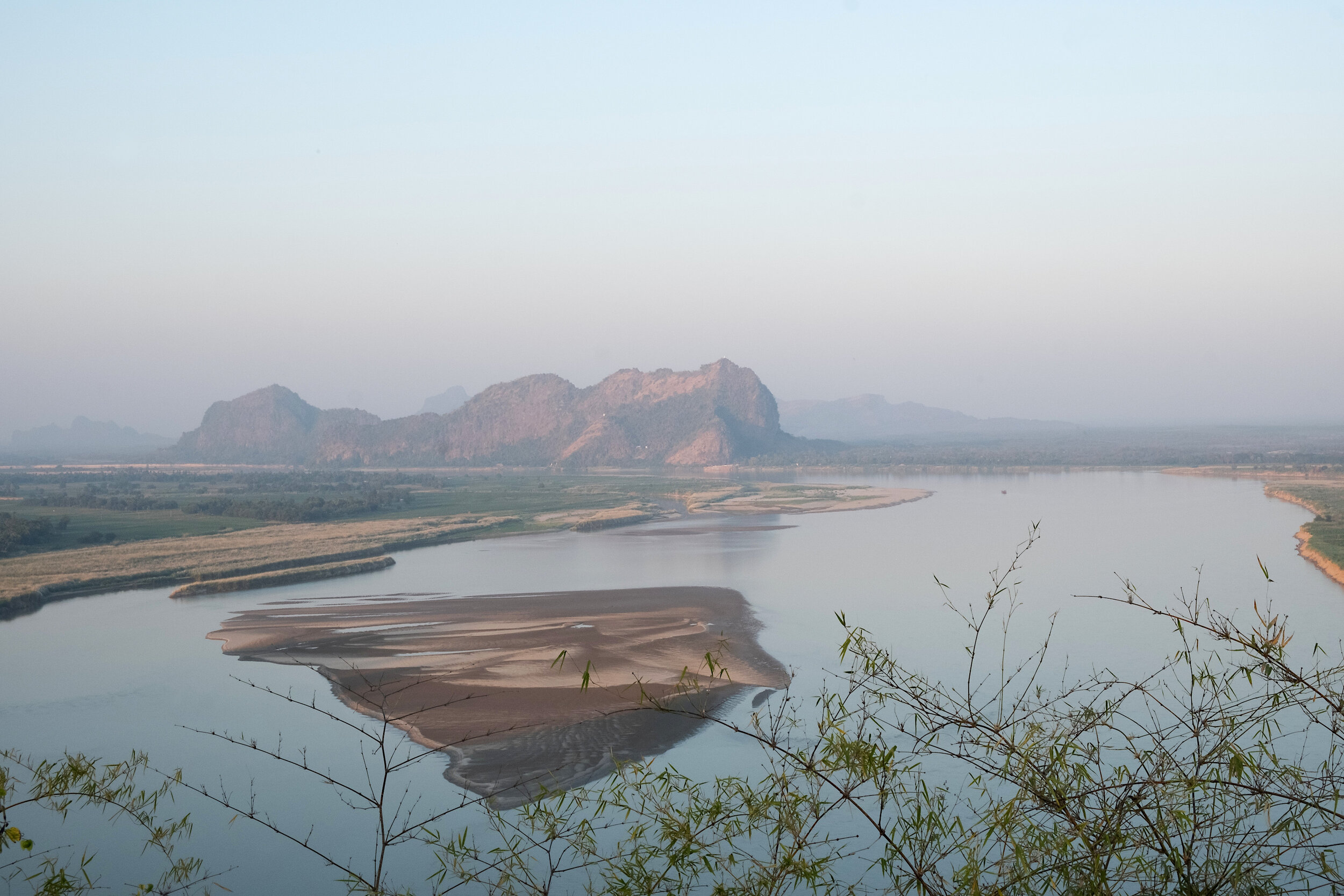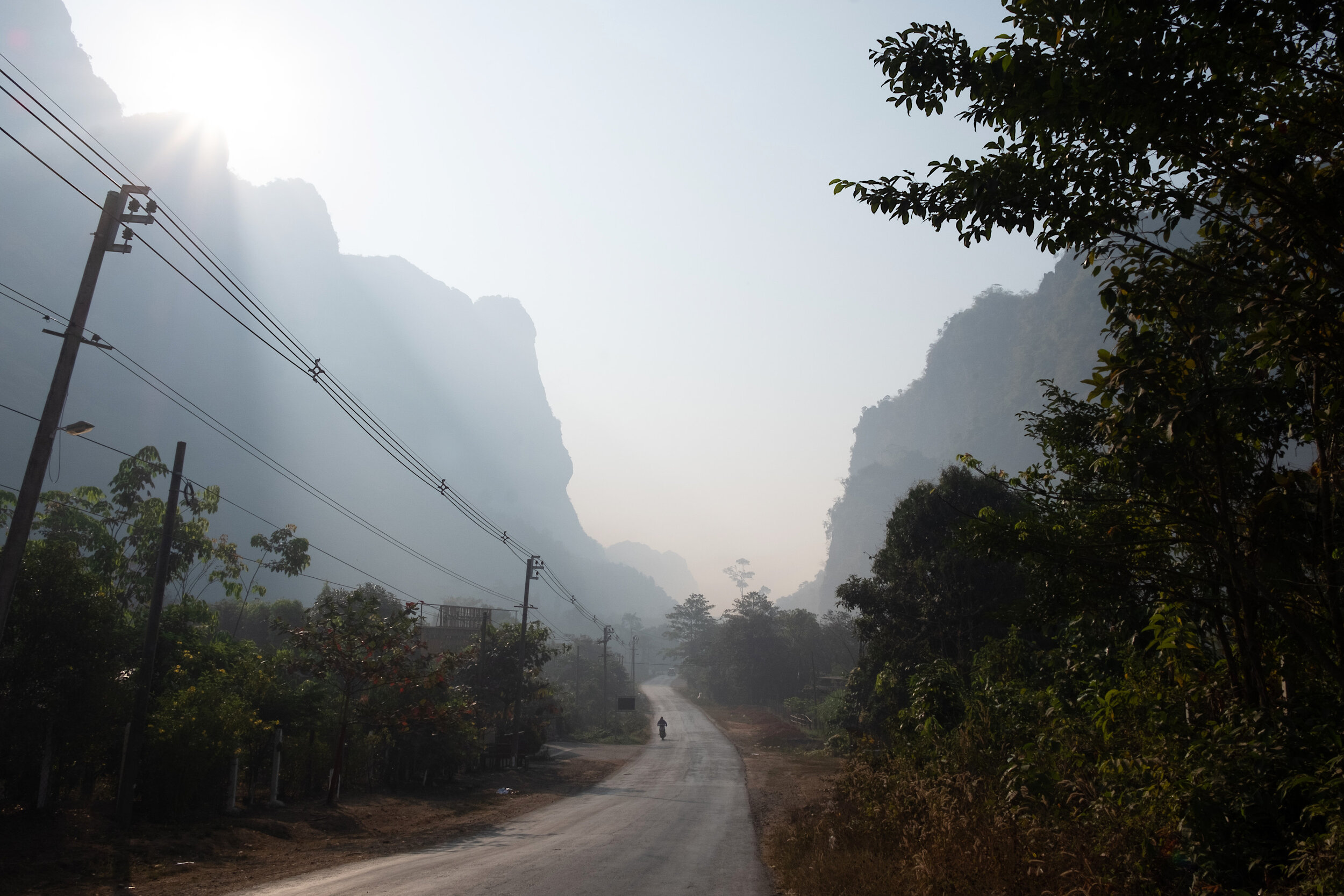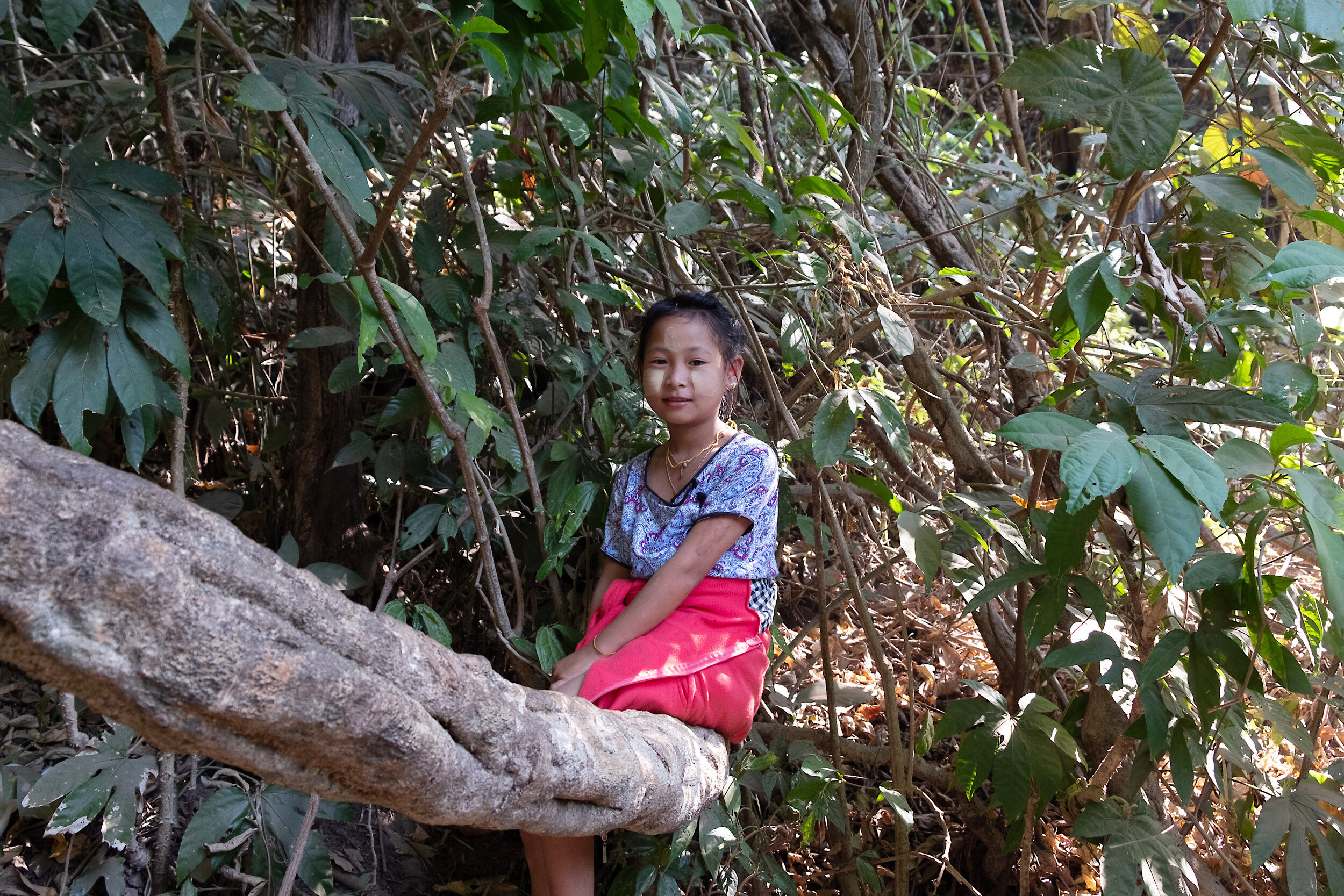“You have come here before,” smiles the elderly gentleman behind the guesthouse reception as soon as I walk in. “So much has changed. Then we were not able to speak freely. Now we are!” Mr Soe has the longest eyebrows I have seen, extending upwards from his forehead. They are pure white.
The last time I visited Hpa-an in the Kayin State of Myanmar was 2012. The dominant rebel group in the area, the Karen National Union (KNU), had just signed a ceasefire with the Burmese military, ushering in a long spell of relative peace to the area. A few hours from Thailand, the town’s disproportionate number of SUVs indicated the region was financially advantaged by its proximity to the border. It was the only place in Myanmar I saw real Coco-cola; everywhere else served the indigenous Star Cola, which to be honest tasted just as good.
At that time, there were only three guesthouses in this scraggy town with dimly lit streets. Now, according to Mr Soe, there are upward of 40. Over the next week, as I wander around town and re-explore the glorious countryside, I realise how much the area has changed since my last visit. Some things have not however: the streets are still as dark and my sleep is still disturbed by the annoyingly regular bell at the nearby police station.
Looking north up the Thanlwin
A man in Kayin dress
Surrounded by paddy fields and limestone karst towers, Hpa-an sits on the Thanlwin River. On my first evening, I take a small motorboat across the Thanlwin with a group of giggling school-girls, aiming to climb Hpar Pu, one of these limestone outcrops. I wander along a street of paan sellers and teashops, past an energetic game of volleyball, and pass the pagoda at the base of the hill. From the top, I can see the Thanlwin snaking up through Kayin land, multiple fishing boats noisily chugging upstream.
60 miles north up this river, lie the ruins of Manerplaw, the deserted base of the Kayin resistance. From 1948 until 2012, the Kayin, or Karen, people fought a bloody war against the Burmese military in pursuit of their own autonomy. They had fought for the British in WW2 under the promise of their own state on the independence of Burma. Like so many others, this promise did not materialise and decades of fighting followed. During the 1990s in particular, hundreds of thousands of Kayin fled the Burmese military’s brutal “Four Cuts” campaign to refugee camps on the Thai border. Around 100,000, most of which are Kayin, still remain in these camps.
As I sit waiting for the return boat to fill, and I swat greedy mosquitoes, the boatman tells me he has recently returned from working in Thailand. He left Myanmar when he was 12, travelling by boat, truck and foot, often being forced to hide for several days while waiting for fighting to subside. “Nothing was here at that time, no-one came here, it was too dangerous. There was only fighting,” gesturing to the bright lights of Hpa-an across the river.
After 30 years in Thailand, taking whatever job he could get, he decided to come home to his family. “Before they only knew if I was alive when I could send a message with someone coming home.” Now, his daughter is working and studying in Hpa-an. She has no desire to go to Thailand and he agrees. “I don’t want to leave now,” he says.
The boatman who had recently returned from Thailand
The next day, I recline in the shade outside the cavernous, Soviet-style building that houses the Kayin State Museum. The door is padlocked but I have been assured the museum is open. Eventually, the manager arrives and takes on the role as my unofficial guide, which is lucky as the signs are not in English. Among smiling mannequins wearing costumes of the different Kayin tribes, the museum houses a large range of Buddhist artefacts from the region. But I notice there is no mention of Christianity, perhaps a strange omission in a state with a sizeable proportion of churchgoers.
Kawgun Cave
Some of the more impressive artefacts are from Kawgun Cave, a centre of Buddhist activity since 7th century CE. It is just outside Hpa-an, so I decide to visit. As I wobble out of town on my hired scootee, I pass several bunkered check-points, with soldiers lazing around on deckchairs. A group of young cadres, clutching sizeable guns, wave merrily from the back of a pick-up. The red and yellow of the Border Guard Force, one of the many groups in the hotchpotch of local militia, tied around their necks.
The road to Kawgun is lined with restaurants advertising Thai food and my Thai travelling companion soon drags me into one. The Kayin restauranteur tells us he speaks Thai better than Burmese, having spent 20 years of his life in Thailand. He also only returned to the region a couple of years ago, but he, however, doesn’t seem quite so happy to be back.
Eyeing me nervously, he explains in Thai that he left for Thailand in 1999. “There was no fighting going on in this area then, but the military used to come and take people away for forced labour. Hardly anyone came back from this.” For 17 years, he worked in restaurants in Bangkok and in Thai beach resorts. An opportunity to take over a family café brought him back, but he says life is still not easy. ‘In Thailand, I worked less, and still managed to save. The health and education systems are excellent there, and opportunities for my kids are better. Every single day I think about going back.” His seven year-old daughter clasps his arm.
“On the surface, us Kayin and the Burmese get on ok,” he says. “But tensions are still simmering below the surface.” Then he looks at me again, and spells out the English word ‘genocide’. Twice. “The Burmese want us to disappear,” he says, and explains how in 1994, a large group of Buddhist, Kayin soldiers broke away from the KNU. They complained about discrimination by the KNU’s Christian leaders and the group’s refusal to negotiate with the Burmese military. They went on to side with the Burmese military and with their support, developed into a larger and stronger force than the KNU, spelling the KNU’s permanent decline in power. This, he says, was instigated by the Burmese military as a way of dividing the Kayin people.
I have noticed the word ‘genocide’ has been spray-painted in a couple of places across town. In a country renowned for its lack of free speech, I found it surprising these are being tolerated by the authorities. Like the Rohingya in the Western Rakhine state, several other ethnic groups, including the Kayin, had been subjected to systematic human rights abuses, including rape, forced labour and torture. Karen human rights groups claim that over decades, that a deliberate policy of ethnic cleansing has been carried out by the Burmese military against the Kayin.
Genocide graffiti
The road to Mount Zwegabin
The next day is Kayin Revolution Day, the day the KNU declared war on the Burmese government back in 1949, and feels like a fitting day to climb nearby Mount Zwegabin, the Kayin’s sacred mountain. I have read this mountain is one of the things Kayin refugees in Thailand say they miss about home. Locals believe that if you climb to the top of the peak three times, then on the third visit your wishes will come true.
Indeed, many local families are arriving at the mountain base with large sacks of rice and food. We pass several resting groups on the trail and soon fall in with a large bunch of children, each it appears carrying a different vegetable. They dart up the vertical steps like a herd of sheep in the Himalayas then cower in the shade as we catch up. On encountering a group of monkeys, there is a slight hiatus as it turns out the children are more terrified than we are. Eh-eh, a teenage girl, grabs my hand and positions me between her and the bold animals. Despite efforts to hide the food cargo under jumpers, the monkeys are not to be fooled and jump on one of the girls. We all squeal and run.
Our troop at the top of Mount Zwegabin
Eh-eh
We reach the top, red and exhausted. It is now 11 in the morning and a monk is dozing in the shade. The children start running around the stupa, sliding on the burning tiles. They say they are sleeping here tonight with their parents, something foreigners are not allowed to do. From here, we tower above the surrounding peaks and enclosed valleys, the limestone mountains still covered by virgin forests. However, we can also see the extent of development in the region. At least four large bungalow outfits are being constructed in the valley running parallel to the Zwegabin ridge. Having heard rumours of Thai investors in the area, I wonder who owns them, and how the benefits will be shared between the owners and the locals.
While I scoot around Hpa-an in the shadow of multi-storey hotels, my mind goes back the struggling Kayin restaurant owner near Kawgun Cave. If life is this difficult on the outskirts of Hpa-an, Kayin State’s main town, how much has life in the remoter villages in this new Myanmar? The answer perhaps explains the long line of locals waiting outside the government office issuing working visas for Thailand. While Hpa-an looks richer than in 2012, scratching the surface reveals some deeply-set animosities, and continuing economic hard-ships for the local people. And I am pretty sure the worst-hit are far from the tourist spots of Hpa-an.
The Thanlwin









